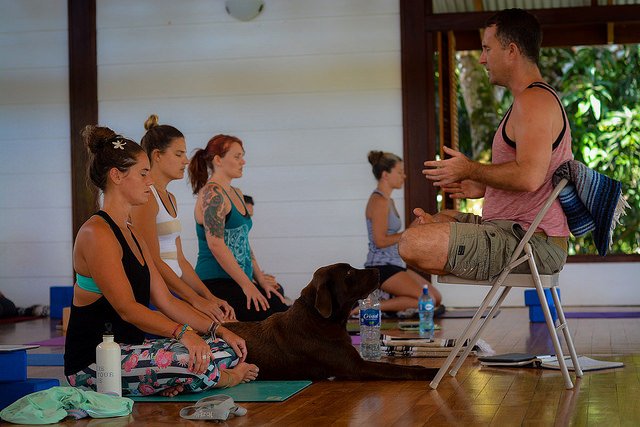I knew for a while that I wanted to visit Costa Rica to participate in a one-month yoga teacher training program. Whenever people asked me why I felt such a compelling urge, my response was always the same: “I want to deepen my practice in paradise.” But when I said deepen my practice, I naively meant move into proper alignment, master a handstand and then—maybe—give meditation a try. You can imagine my surprise when I learned that the 30-day immersion program at Blue Osa embraced the total mind-body-spirit work-in that yoga truly is.
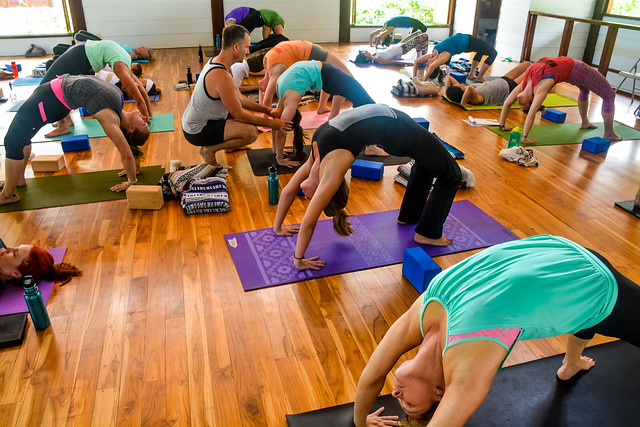
5 Powerful Life Lessons Learned From 30 Days of Yoga in Costa Rica
While it was entirely unexpected, somewhere in between the meditation and mantras, Kriya and Kirtan, pranayama and postures, I found myself slowly starting to transform. Immersing myself in the practice of yoga was teaching me profound life lessons, far beyond anything I’d previously explored or experienced.
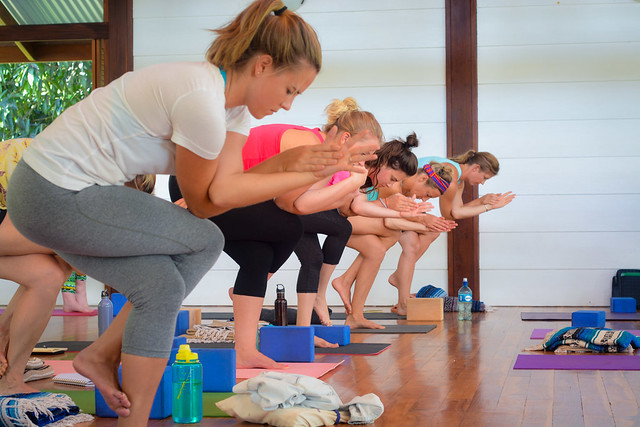
The yoga teacher training might have ended, but I know I’ll carry the following life lessons with me forever…
1. I Never Really Learned How To Breathe
Inhale. Exhale. Repeat. For 25 years of life, I thought that’s all there was to breathing. And then I was introduced to pranayama.
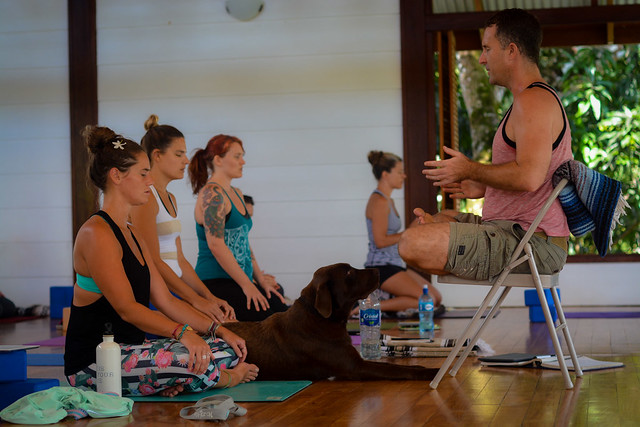
The word pranayama is easily understood once broken down. Prana refers to breath or the cosmic life force; yama means to control or regulation. So in essence, pranayama is about controlling the duration of inhale, retention and exhale. By practicing breath work, we can begin to change the quality and quantity of the prana—and ultimately change our health and state of mind.
It makes sense. Life begins and ends with breath. It is the only thing we really need to survive. But oxygen is also responsible for eliminating waste and toxins; bringing oxygen to the blood and the brain; rejuvenating our organs; and reducing stress, anxiety and disease. It’s hardly any wonder the ancient yogis devoted serious time to understanding and practicing the relationship between the inhale and the exhale!
Through practicing breath work, I find myself living with a new state of mindfulness. When I am obsessing over the past or worrying over the future, all I need to do is come back to the gentle rise and fall of breath throughout my body. By focusing on my breath, I am able to cultivate an overwhelming gratitude for the present moment – the only moment we are ever promised in life.
2. Cultivate Gratitude. Always.
It wasn’t easy to wake up at 4:15am to begin our daily purification rituals. It wasn’t easy to have hours during the day for self-reflection. It wasn’t easy to loose control over my schedule, my diet, and my space. But despite the challenges and difficulties that inevitably arose, I also realized that we all always have something to be grateful for.
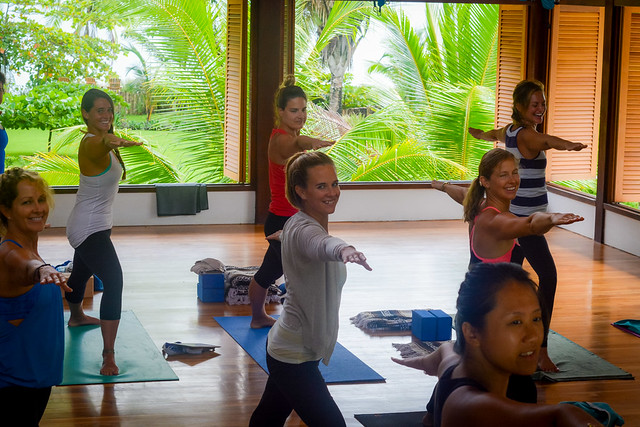
At first gratitude arose in waves. Like when I gazed out at the ocean in my Warrior 1, or when the sounds of howler monkeys served as the backdrop for my morning meditation. These were the moments when it was easy to feel thankful—the moments when I remembered just how fortunate I am to take a month off of my life to pursue self-growth and discovery. But the power of cultivating gratitude came during the moments that weren’t so easy; during the dinging of the 4:30am bell and the restrictions on my self-autonomy.
The moments when I felt my gratitude slipping away were the moments I would come back to the breath. To the inhale and the exhale. To the home within myself. And then, just like that, I would remember all I have to be thankful for. Life is too short to be lived any other way.
3. The Body Remembers Past Trauma
“Anytime you work with the body, you are also working with the mind and the energy system—which is the bridge between the body and the mind.” Shivarpita Harrigan.
In Western society, we tend to be taught that the mind, spirit and body are entirely separate. But yoga is a holistic practice. The very definition of yoga is union, referring to the union of the mind, the body and the spirit. It follows that trauma, stress, pain and fear can live in the very molecules of our body. We might think that we have mentally processed something, only to find that our bodies are still hanging on to the trauma associated.
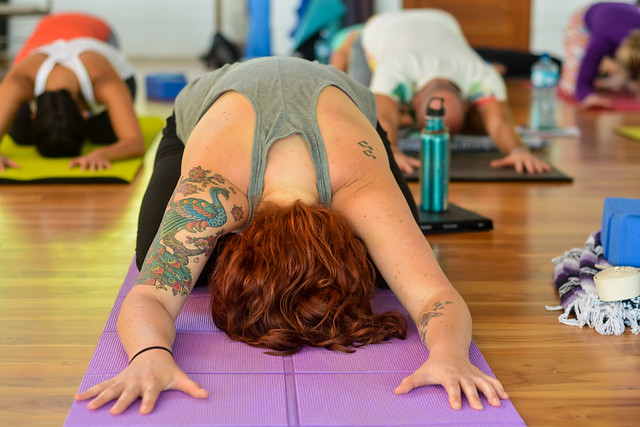
I’ve yet to cry in a yoga class, but I know countless people who have. Often it’s a surprising, uncontrollable emotional release—and if you don’t know that it is normal, it might leave you feeling shocked or embarrassed. Often these emotional releases occur when we begin to work on the hips and pelvis or practice a lot of heart opening postures. Personally, I find camel pose to be the move that makes me most inexplicably anxious. But it’s good for the body to heal and let go of the stress it has been holding on to. If you find yourself experiencing emotional releases, always be sure to talk about the experience with a mentor or yoga teacher you can trust.
4. Meditation Is More Than Zoning Out
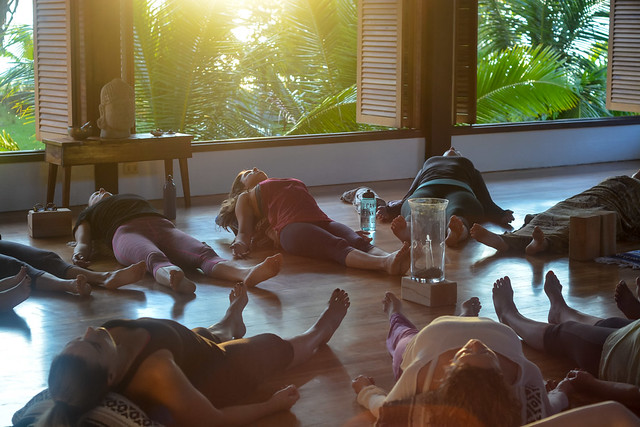
I always thought meditation just wasn’t for me—for my racing mind, my tendency towards ‘doing’ rather than ‘being’. I was terrified of going inwards, of having to sit in silence with no one but myself. I grew up in a culture that valued productivity, and sitting in stillness seemed anything but productive. Each previous attempt at meditation had left me feeling annoyed and frustrated—how could I possibly move into that state of pure bliss? But then I realized meditation is more than ‘blissing out’.
Meditation is about getting still and steady. From this stillness, we can take our attention inwards. Eventually, we might get to that space in between thoughts, when our minds are completely quiet. But for most, meditation starts with attending to the thoughts that come up. With observing the thoughts and gently letting them pass through without judgment or analysis, merely noticing any patterns that occur. Through this process, the mind starts to slow down and get quieter. And it’s in this quiet space that we can return home within ourselves, devoid of busyness and distractions. As we become at peace within ourselves, we begin to discover our true nature that lies within us all.
5. Yoga Is Now
Patanjali said it best in the first Yoga Sutra:
Yoga is now.
Before yoga teacher training, I would segment my “real” life from my yoga life. It was easy for me to find concentration and strength when I was in Crow Pose—it wasn’t so easy to obtain that awareness and presence on the roller-coaster of life. Similarly, I could find compassion and patience with my body when attempting to learn a new yoga pose, but I struggled to find that same empathy with my shortcomings at work. It wasn’t until I read the first yoga sutra that I felt the compelling pull of what living my yoga actually meant.
No matter where you are, both on and off the mat, now is the time for yoga. Live in the present. Find compassion, strength and gratitude in all things. Live your yoga, every moment of every day. Now is the time.
What life lessons have you learned from practicing yoga?
Pin This Post For Later!
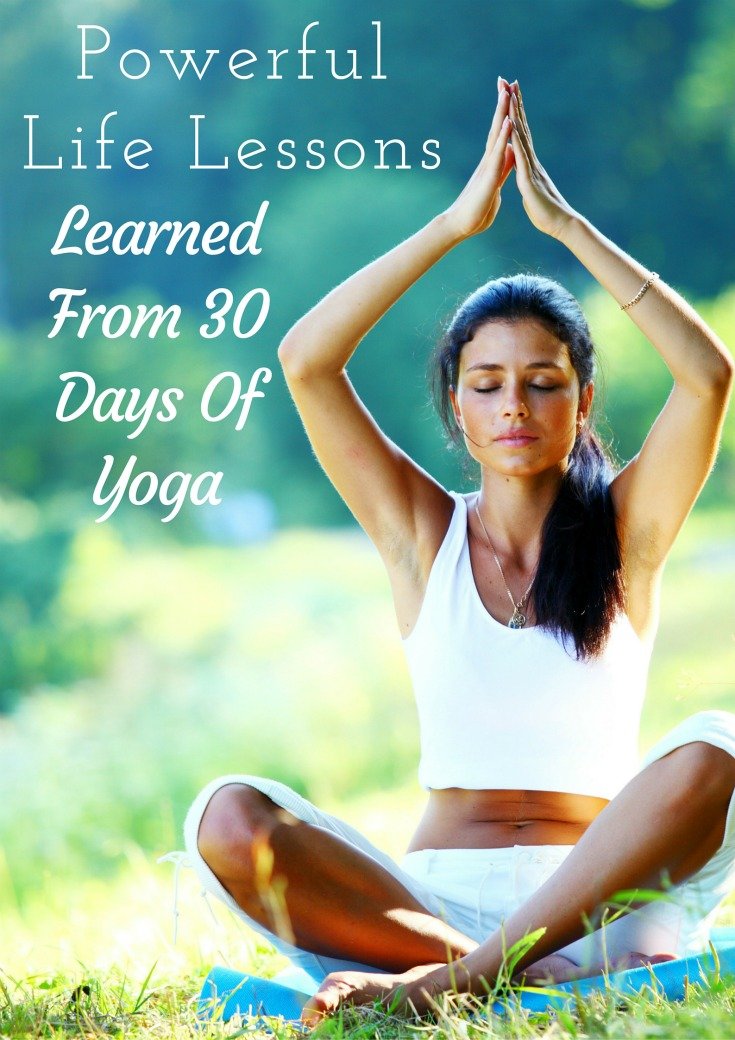
[x_line]
About the author:
 Casey Siemasko is a content marketing consultant, travel blogger and wandering yogi. She particpated in the Blue Osa One-Month Immersion Yoga Teacher Training Costa Rica in October, 2014.
Casey Siemasko is a content marketing consultant, travel blogger and wandering yogi. She particpated in the Blue Osa One-Month Immersion Yoga Teacher Training Costa Rica in October, 2014.
An entrepreneur at heart, she is the co-founder of the award-winning travel blog A Cruising Couple. Follow Casey: Read Casey’s stories! See Casey on LinkedIn. Follow Casey on Google+


